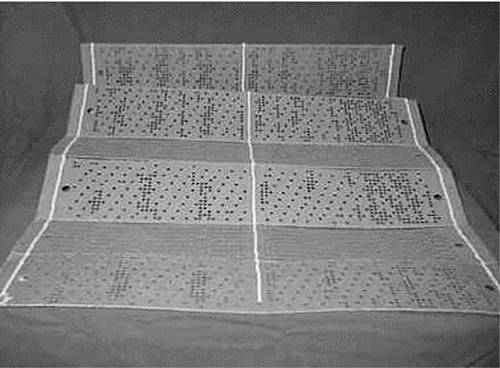Chapter 4. Data Modeling
In this chapter, we'll be thinking about data. How do you slice and dice it to meet the needs of your application? We'll start with some simple examples of modeling data and then move on to create a data model for the CyberCinema example from Chapter 3. The focus of this book is on data-oriented application development. Applications that benefit from this approach are those that manage large numbers of records. Applications that might fall into this category are the following:
Publishing
Invoice tracking
Customer service
Groupware[1]
[1] Software that helps the members of a group, such as a team, communicate or collaborate, such as e-mail or discussions.
Workflow and document management[2]
[2] A specialized kind of groupware that concentrates on task management.
Stock trading
Library automation
In all these systems, the applications exist to facilitate access to data or content records.[3] In fact, most computer applications deal with data of one kind or another, from a spreadsheet to a music synthesizer. Computers were invented to perform these types of tasks. In 1890, Herman Hollerith, then working for the U.S. Census Bureau, deployed the first punch card–based system to track immigrants as they passed through the facilities at Ellis Island, New York. Hollerith founded a small company to develop and market this invention. You may be familiar with it; it's called IBM.
[3] A good example of an application that doesn't benefit from this approach would be a real-time application such as the software that runs on your set-top satellite decoder box.
Actually, the immigrant-tracking system wasn't the first use of data storage. Joseph Marie Jacquard of France was using punch cards to automate weaving looms in the late eighteenth century (see Figure 4-1). Databases, SQL, and XML represent an evolution, rather than a revolution, in the way we think about and manage large amounts of data. Data-oriented application design is a heritage that stretches back hundreds of years, and it's good to keep this historical context in mind, if only to give you some sense of continuity.
Figure 4-1. Original model of the loom invented Jacquard utilizing punched cards. Photograph by Peter Cook, CompuDudes,® www.compududes.com

